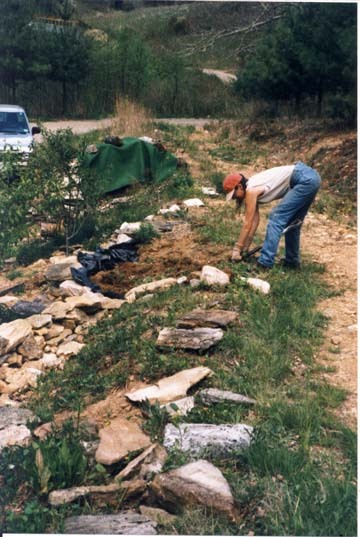You know damn well that "spare capacity" is an unknowable, untestable metric, a measure of imaginary 'political' barrels primarily used to suggest 'economic' reserve increases.
BS…you forget I worked in this industry for 30 odd years and know a bit about it. Spare capacity is the hydrocarbons that you are capable of producing without huge investments. Hence all the investments in the Saudi megaprojects put a lot of hydrocarbons in a position that they could be accessed quickly and with little additional investment of capital or time. It is measureable and is reported by pretty much all of the international finance analysts. The EIA defines it as production which can be brought on within 30 days and sustained at that level for at least 90 days. The uncertainty comes with regards to the less transparent countries and what is the exact level of expenditure beyond which something becomes undeveloped reserves versus spare capacity. Under the typical SEC/OSC categorization spare capacity would be addressed by proved, developed non-producing reserves.
You just contradicted yourself. How do you know that the dirty fields do not account for the bulk of the production increases?
A number of years ago in one of the threads that seems to have disappeared from the forum I outlined specifically what the quality of the oil was from each of fields that were contained in the megaprojects as well as the increased capacity which would be added by each of the field projects. It is quite clear that the majority of the oil added is light and mostly less than 1.5% sulphur. The only other heavy crude project besides Manifa (which hasn’t been commissioned yet) is Safaniyah and the demand for that oil is somewhat limited. The Saudis now process some of the heavy oil themselves and sell product but that would not show up in their monthly oil sales data but rather in product sales, all which should be found in the monthly OPEC newsletter.
But more to my point; the fact that these heretofore difficult fields have finally been brought into production after more than one-half a century is proof, not denial that Ghawar has seen better days--is in decline.
Ghawar as of the last presentation I saw was still being maintained at the production level of 2008 when everyone was arguing it would fall apart. The water cut has stayed pretty much the same according to the Saudis. I don’t think anyone argues that Ghawar production was higher at some point in time and that it is unlikely it could ever be increased to those levels again without jeopardizing total recovery. By definition it has peaked having already reached it’s maximum production rate but that does not say anything about how much reserves are left. You can reach peak production well before half of the reserves have been removed from a reservoir, especially if technology is being employed in the later stages to improve recovery. By definition a reservoir is depleting from the first day it is brought on production. It is declining if overall production continues to see year on year decreases. To my knowledge there is no evidence this is happening yet in Ghawar.
Shaybah is in the Empty Quarter, the most remote, dangerous, difficult place in the world. That these service companies had to spend tens of billions to upgrade these old dinosaurs (not to mention the ongoing costs and losses for upgrading and discounting heavy and moving oil across the Rub' Al-Khali) is specifically why SA needs $80/bbl. All the new SA projects have crappy eroei, like deep-water pre-salt, tar sands, and tight-shale. You know; high-hanging fruit.
And once again oil companies are not concerned with eroei but rather with economics. The billions of dollars of investment still result in a relatively high rate of return or they would never have been undertaken.
Well there you go with your distraction. I already showed how the $75-$80/bbl uptick was specifically a function of the Kingdom's inability to raise production back in 2007. Now that they have all this "spare capacity" do you expect them to make good on their commitment to maintain oil in the $22-$28bbl range?
Why would they or why would they be expected to? Attendant with the rapid unexpected increase in demand that caught the Saudis with their dish dashes down we saw a rapid and continuous rise in all goods and services as companies sought to take advantage of the higher oil prices. Steel, consumables and labor all increased quickly and largely have not retreated. IT is still likely that the Saudis could produce and make money in the $50 - $60/bbl range but anything lower would require service companies, labor, steel etc all accepting lower compensation. Take a look at salaries in the oil and gas industry through the economic downturn in 2008 – 2009, they stayed flat to slightly increasing. During the period when oil rose to $140/bbl salaries rose as well but when oil backed off to $80 there was no significant decrease in salaries. This is a major contributing factor to why break even oil prices are much higher now than a few years ago. A major reason the Saudis have a higher base requirement now is the increased number of social investments they have undertaken, some no doubt to avoid an Arab spring type of uprising.











